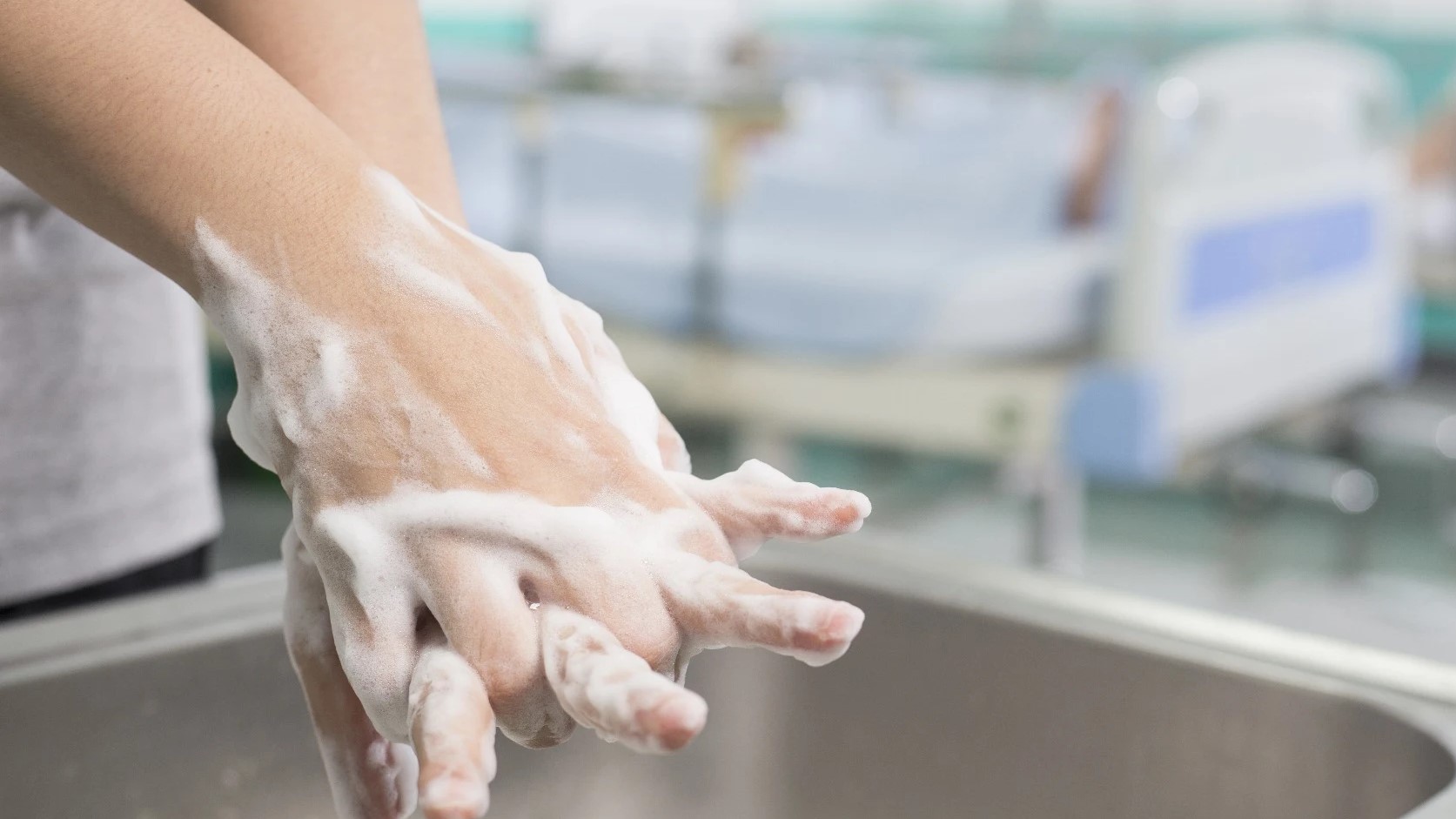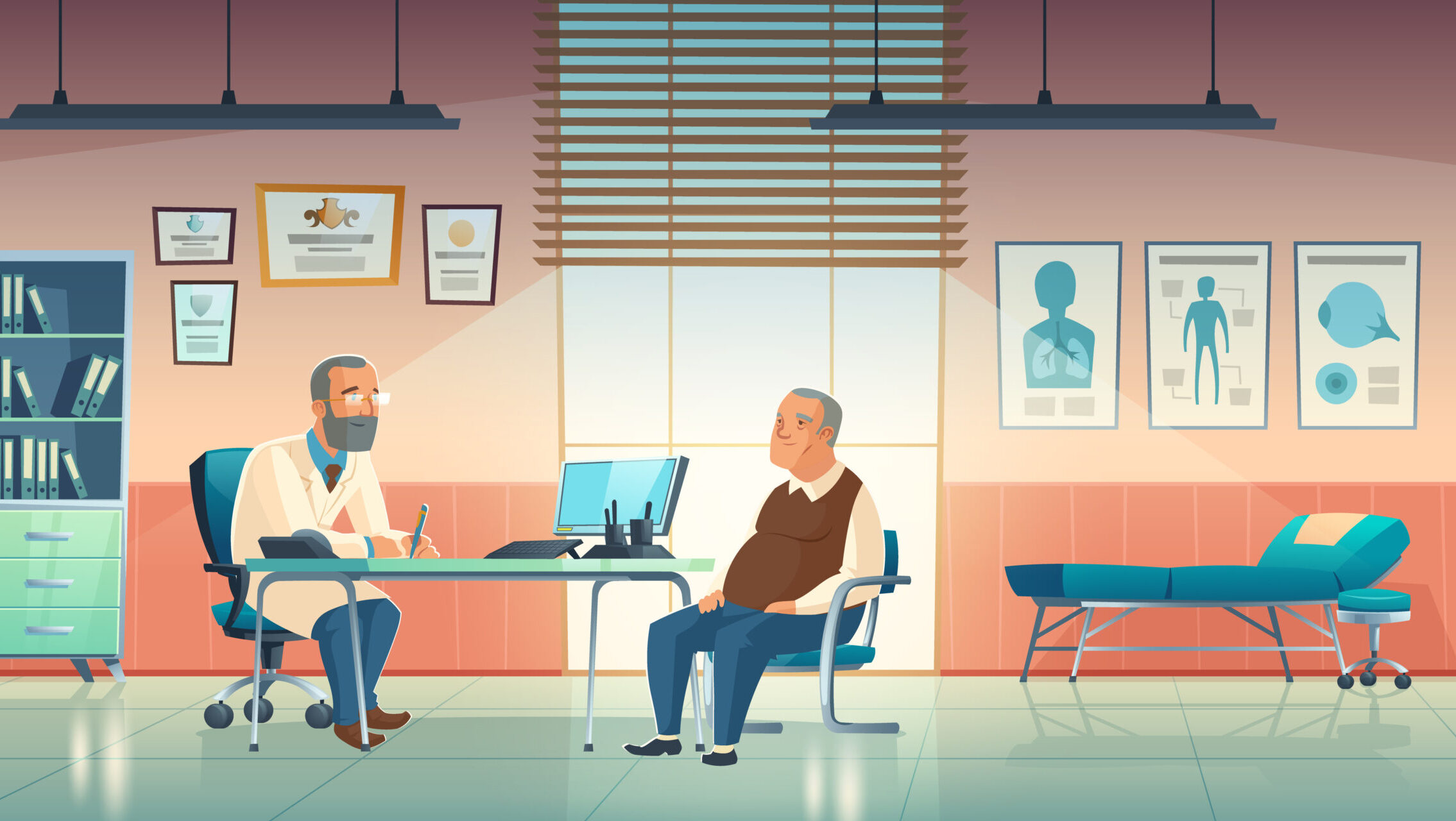
Healthcare Management and infection control are integral part of Hospital administration, as patients with many ailments along with and visitors keep visiting on frequent basis. Moreover patients are more vulnerable to infections. Collectively called Hospital Acquired Infections or (HAIs) may cause serious diseases and may lead to death too.

Hospital Acquired Infections
THESE INFECTIONS MAY OCCUR
Within 2 days of admission in hospital– If there is no isolation policy, no maintenance of good hand hygiene protocol, not maintaining of accurate /proper use of antibiotics , not maintaining environmental cleaning and also improper waste management, it is major source of infections.
During the surgery – The highest risk of getting infection is during the surgery if the surgery equipment are not sterilized and well maintained along with patients other preoperative health check up is not done to rule out patient’s preoperative condition.
During the stay after the surgery– During the post- surgery care if the dressing is not done properly then the chances of infection are higher.
TYPES OF INFECTIONS
Urinary Tract Infections or UTI – The catheter is inserted to drain the urine. Using improper catheterization or prolonged use of the same one are the main causes of UTI during the hospital stay.
Lung Infection – A ventilator is a support to help the patients breathe by giving oxygen through a tube mechanically. It is inserted through mouth or nose. A patient can get lung infection during the hospital stay if the ventilator used for him is not well maintained and the nurse who is taking care of the patient does not maintain sterility protocol in handling the equipment related to the invasive lines.
Bloodstream Infection – Blood stream infections or BSI results from the Central venous catheters, inter arterial catheters and haemodialysis catheters and even from peripheral catheters. Central Venous Catheters are used as a part of various medical management of a patient. Indication for the use of central line includes, measuring the quantity of fluid requirement of a critically ill patient, use of long term antibiotics and chemotherapy, etc.At the time of insertion and post insertionmanagement any breakage of sterile chains can cause infection of blood stream.
Wound Infection – Wound Infection may occur when a patient go through a surgical procedure or the patient’s blood glucose level is not maintained, when proper preoperative antibiotic prophylaxis not prescribed. Moreover, when best aseptic precaution of patients and equipment not maintained.
Infection through superbugs– Patients are often given high generation antibiotics for healing. Superbugs are antibiotic resistant bacteria. Moreover they share traits of other bacteria too.
WHO ARE VULNERABLE TO THESE INFECTION?
Patients in ICU –In ICU use of invasive equipment are more, which can be the major source of infections.
Patients with disease in immune system – Immunity is the natural defense mechanism of our body to resist the diseases. Patients with weak immune system are bound to get affected by any type of infection sooner.
Diabetics – Diabetic patients have greater risk of developing infection if the patient’s blood glucose level is not maintained.
Dialysis patients – Dialysis involves cleansing of blood. It is an artificial process by which excess water, toxins and waste products of blood are removed. If strict sterile procedure is not maintained then the patient can get infected.
Patients admitted for medical implants– Medical Implants are high risk surgery that require placement or removal of certain parts or organs. High end medication is required to heal the wounds. If the surgical equipment are not well maintained or the post-operative dressing is not done properly chances of infection increases. In these cases positive isolation policy should be maintained along with the reverse barrier nursing protocol.
DIAGNOSIS
If the doctor suspects presence of any infection they can perform few tests to verify. These include
Pathological Tests
Urine Culture Tests
BASIC HOSPITAL HYGIENE
Keeping Clean: Thorough cleanliness should be assured. Both with visible dirt and the invisible ones.
Effective Sterilization: all equipment must be sterilized both physically and chemically.
Disinfection:The hospital must ensure that the sheets and the dresses provided to the patients are totally disinfected.
Hand Hygiene: In 90% cases hands of the hospital staff act as carriers of Hospital Acquired Infections. Hands should be kept clean and washed by a disinfectant for 5-10 minutes.
Proper Clinical and Hazardous Waste Management: The dust bins should be covered and the garbage should be disposed of frequently to avoid the spread of infection as saliva is an infectious fluid. According to pollution control board of India waste segregation to be done as per rule.
AT DESUN
Steel OT to avoid infections – Desun has steel OT that immensely reduces the chances of infection. It also has Burn Unit of International Standards.
Best Hospital Hygiene – The main concern in case of burn patients is chances of getting infection while treatment. At Desun, even 3rd degree burns are been treated successfully.
Proper maintenance of equipment– AtDesun, appropriate cleaning and maintenance of all equipment is done under strict surveillance.
Proper supervision– Desun ensures proper supervision in maintenance, cleaning and waste management.
Best Waste Management: The syringe, puncture needles, and catheters are disposed of after single use to avoid any kind of infection.
Health Care Awareness Post By Desun Hospital and Heart Institute | www.desunhospital.com
Desun is a 300 bed superspeciality hospital in Kolkata, India. Desun has 28 Medical Departments, high end ICU’s with individual ventilator for each ICU bed, Steel OT’s , 4th Generation Cath Lab. Desun Hospital is NABH and NABL accredited.

















